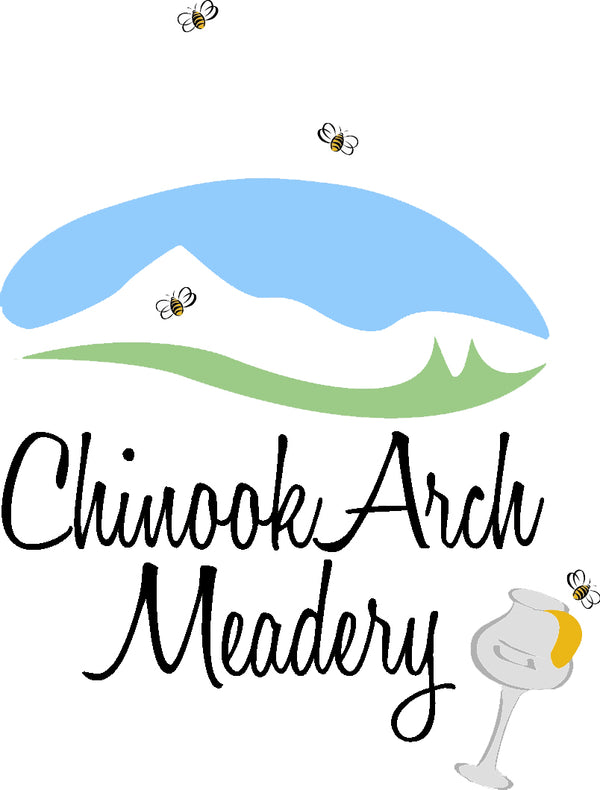As we inch closer to official winter, most Canadians can generalize the past year's weather as abnormal. Depending on your location it been abnormally hot, cold, wet or dry - everything but 'normal' or 'average'. If we assume this is a collective sign of global warming what impact is it having on our honeybees? How are they going to adapt? How can it's influence be minimized?
Much of the research on this topic focuses on a few factors. How tolerant is the species to higher temperatures, will invasive pests be more or less dangerous and how will the species food supply change? Central to those questions is how global warming affects phenology. A new term for many, phenology is 'a branch of science dealing with the relations between climate and periodic biological phenomena (such as bird migration or plant flowering)'- Merriam- Webster. Although phenology can be caused by changing day length, it's main driver is temperature.
Honey bees have already proven their adaptability since they have been introduced around the world from their original homes of Central and Southern Europe as well as Southern Asia. Even a feral honey bee colony can survive a range of +30°C to -20°C, so general warming trend is manageable. Native bee species such as bumble bees, however, will be negatively affected and lengthy periods of temperature extremes are detrimental to all.
A bigger concern for honey bees is the increased activity of varroa mites within a hive experiencing an extended 'global warming' season. A new threat to Canadian honey bees is Small Hive Beetle (SHB) which thrive in warm, humid conditions. These pests, on their own, won't take down a strong, healthy hive but in combination with other stressors such thermal extremes, or a lack of pollen and nectar, can be the final fatal blow.
Phenology is mother nature's calendar and long term temperature changes alters it dramatically. Since most creatures are interconnected i.e. their phenology is synchronized, any changes can have a far reaching impact. If the plant bloom time doesn't match the honey bee activity period it's detrimental to both species. Exacerbating this impact is the trend off modern agriculture to become increasingly mono cultural. Crop diversity is one of the best ways to reduce global warming's impact - and something humans can control.

